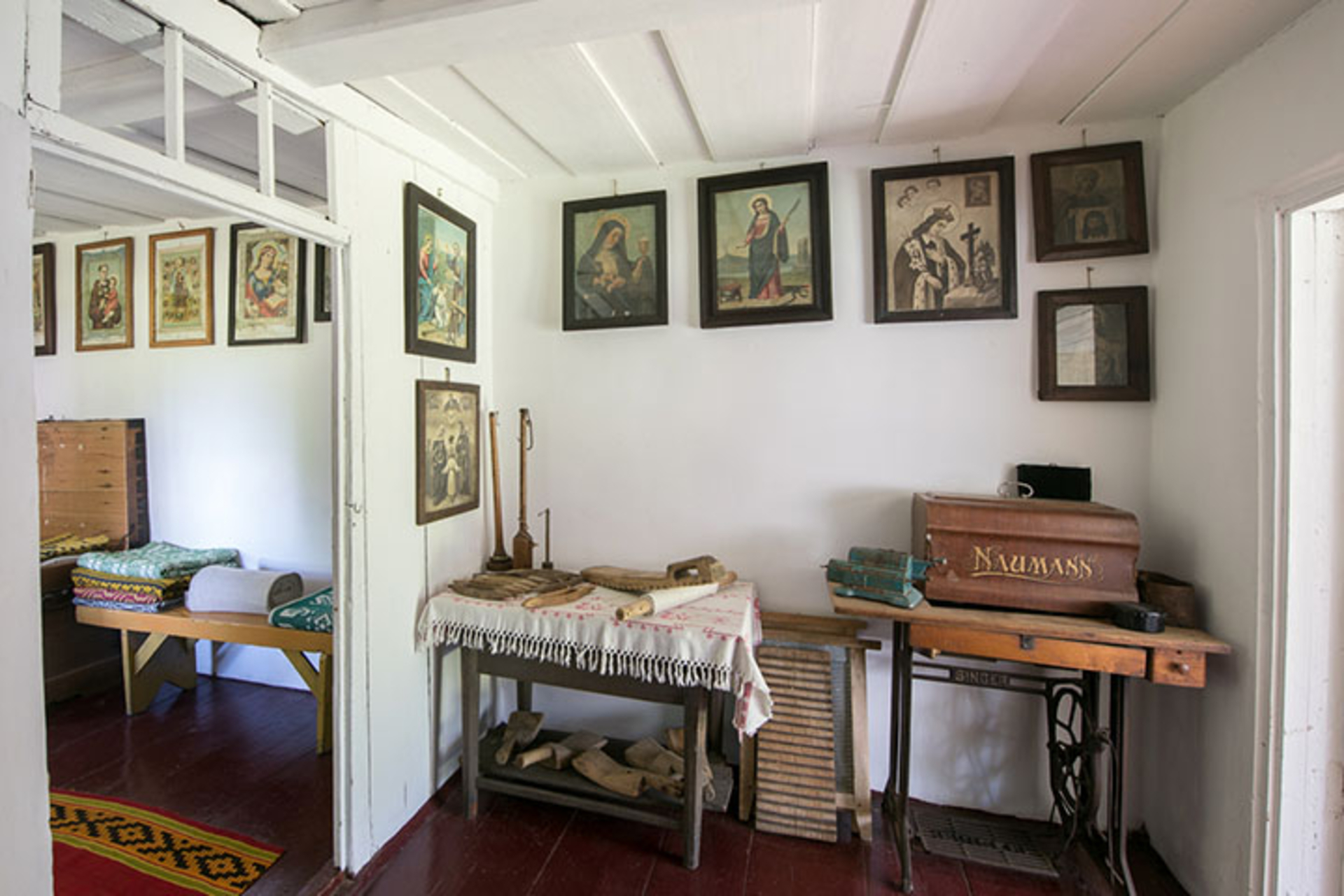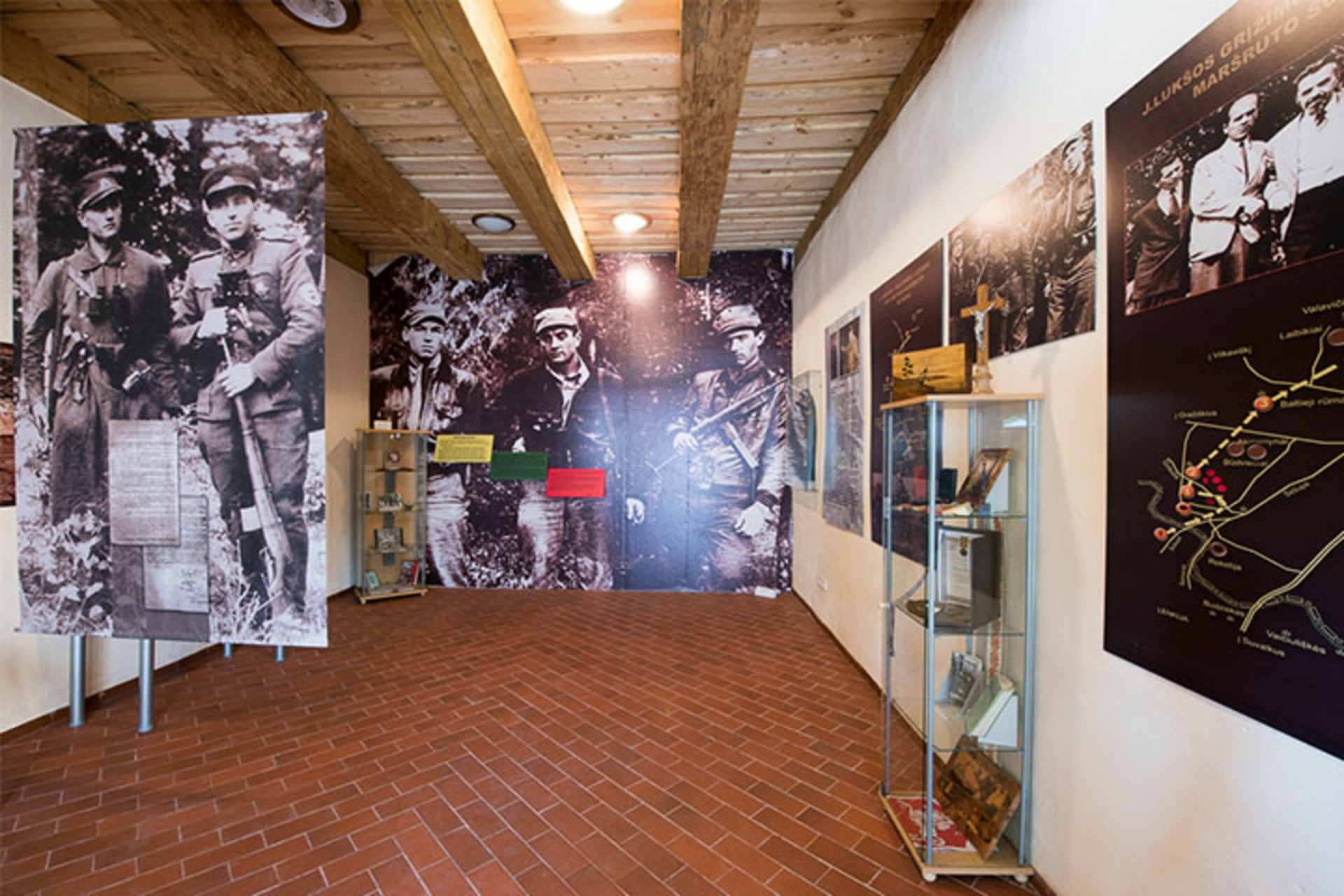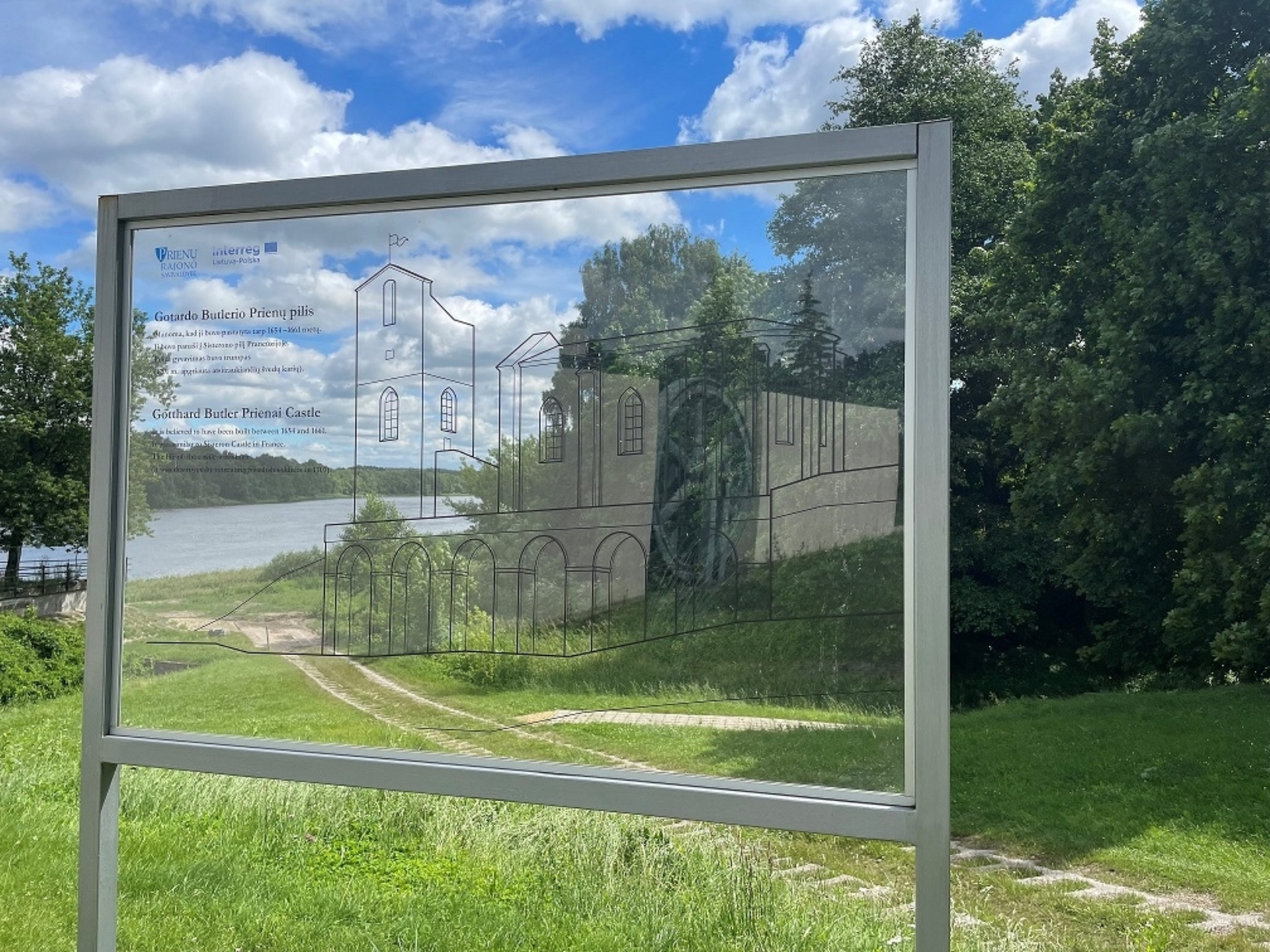Gotard Butler's 3D Model of the Prienai Castle

274

0

0
0 out of 5
(0 reviews)
The Butler family, originally from Ireland, was one of the most interesting but now largely forgotten noble families in Lithuania. This family ruled not only parts of Lithuania but also areas that are now in Poland and Belarus. They maintained friendships with renowned nobles such as the Radziwiłłs and the Sapiehas, founded towns, and built castles and churches.
Info
-

Unique places
-
Prienai
-
The Butler family, originally from Ireland, was one of the most interesting but now largely forgotten noble families in Lithuania. This family ruled not only parts of Lithuania but also areas that are now in Poland and Belarus. They maintained friendships with renowned nobles such as the Radziwiłłs and the Sapiehas, founded towns, and built castles and churches.
In Prienai, on the left bank of the Nemunas River, the Butlers constructed a castle surrounded by gardens, flowerbeds, and parks. Contemporary accounts describe the castle as one of the most impressive buildings visible from the Nemunas River. Built between 1654 and 1661 by Gotard Wilhelm Butler, it was inspired by the Château de Sisteron in France.
Historians claim that the castle was of impressive size—about 80 meters long, with four stories and two turreted towers covered in tiles. Three of the castle's stories were underground, and the cellars were used to store beer brewed in the castle until 1944. Today, the site is occupied by residential houses, but the cobblestone
paths leading from the castle remain. Some claim to have discovered a subterranean passage leading to the slopes of the Drubinga Stream.
Unfortunately, the castle’s existence was short-lived. In 1701, it was destroyed by retreating Swedish troops. Although today only the place name and the reddish soil, which contains decayed bricks from the old castle, remain as reminders of the castle, the site remains an important historical location.
Nearby, a large Prienai estate was established. The two-story baroque-style mansion was surrounded by a well-maintained park with pavilions, greenhouses, and canals. The estate featured numerous wooden outbuildings, including stables, barns, granaries, a brewery, a forge, and a bathhouse. Sadly, most of the estate's buildings were destroyed in the early 20th century, and the estate land was confiscated. The destruction was exacerbated by the intense erosion of the Nemunas Riverbanks.
In the early 20th century, a mill was built on the former estate grounds, which was adapted for hotel use in 1984.
Found a mistake?
Report
Whats new?
Nearby attractions
Nearest museums

 Entertainment
Entertainment
 Food establishments
Food establishments





























 54.628733, 23.948445
54.628733, 23.948445
 Get directions
Get directions








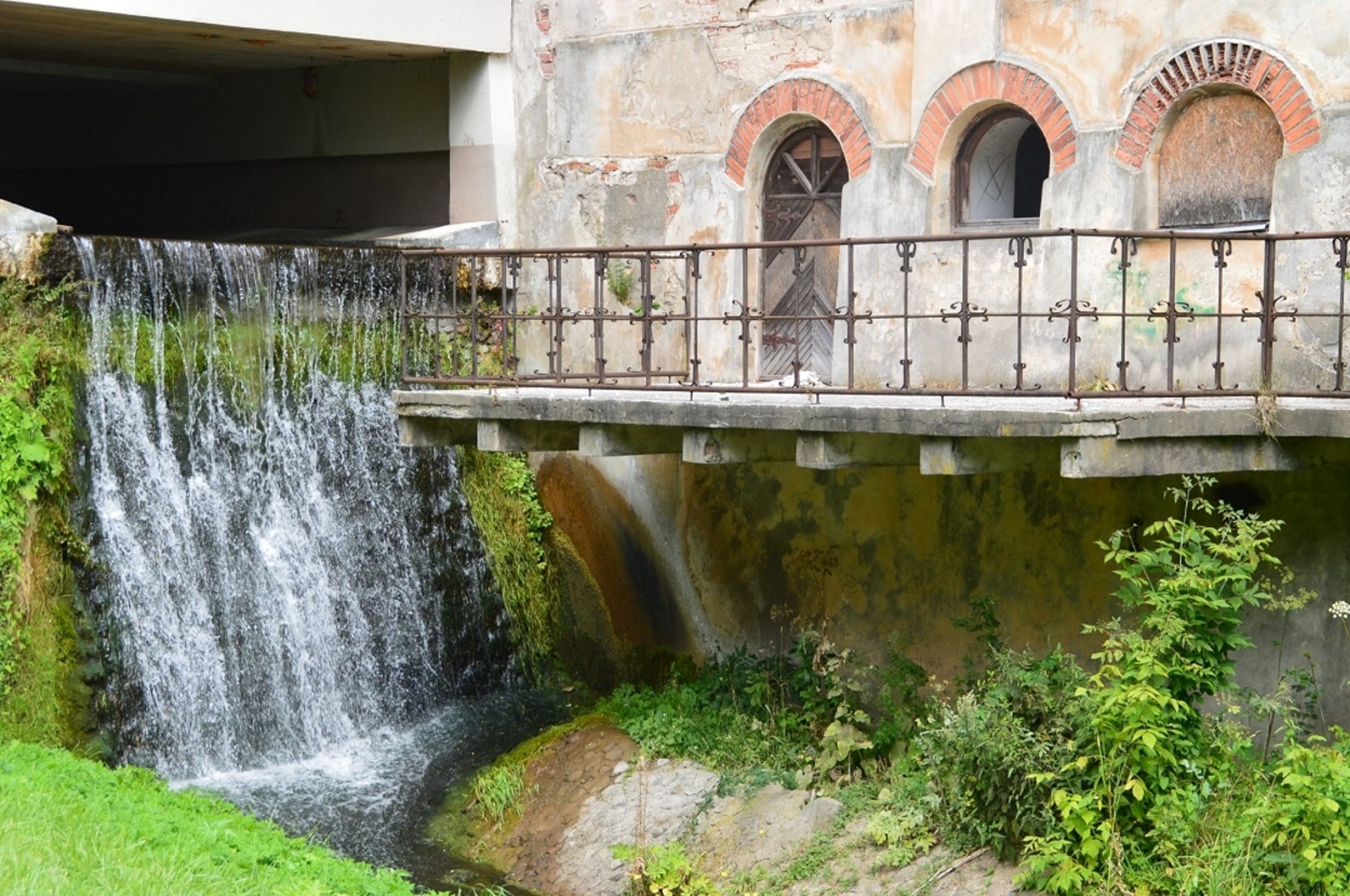
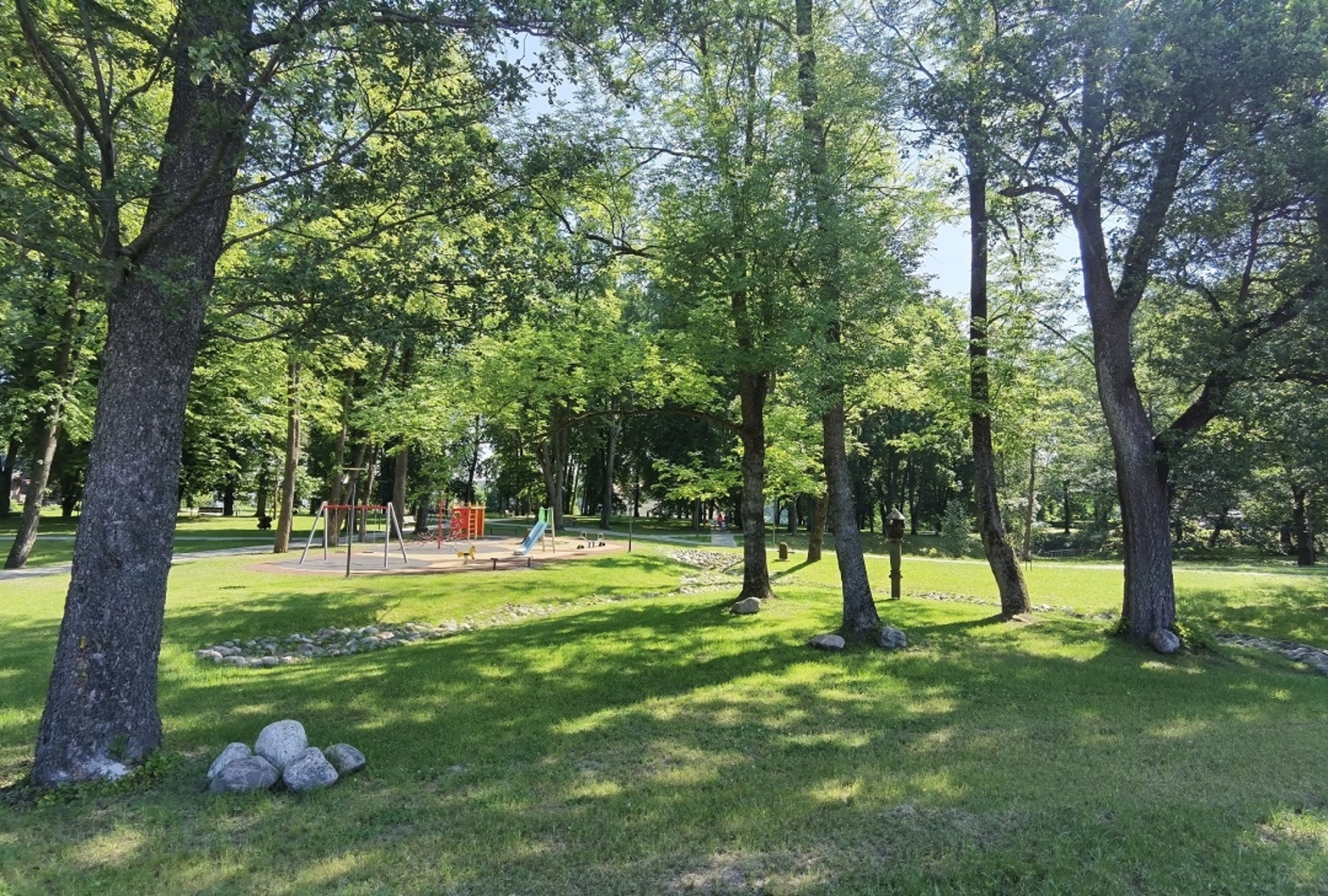
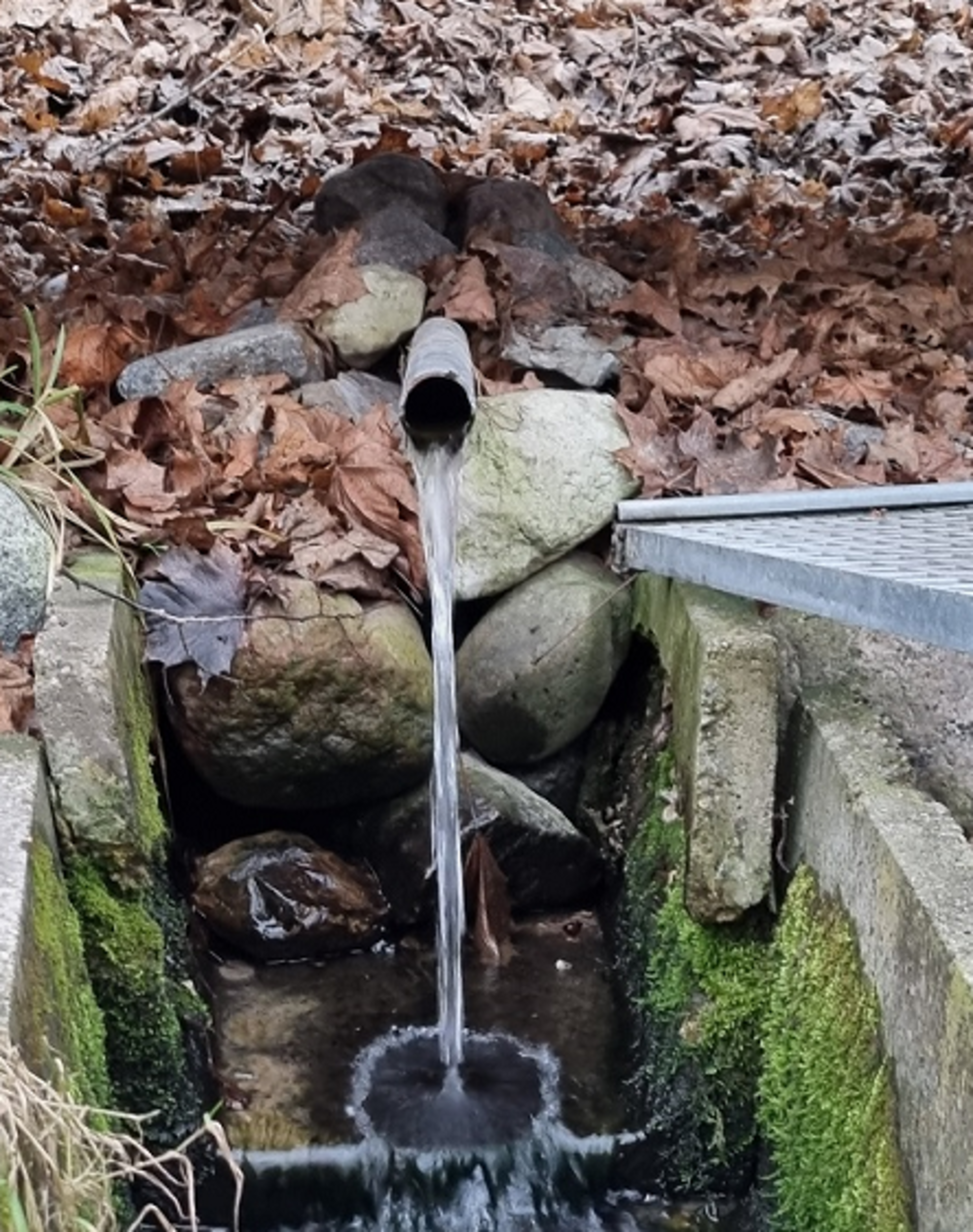

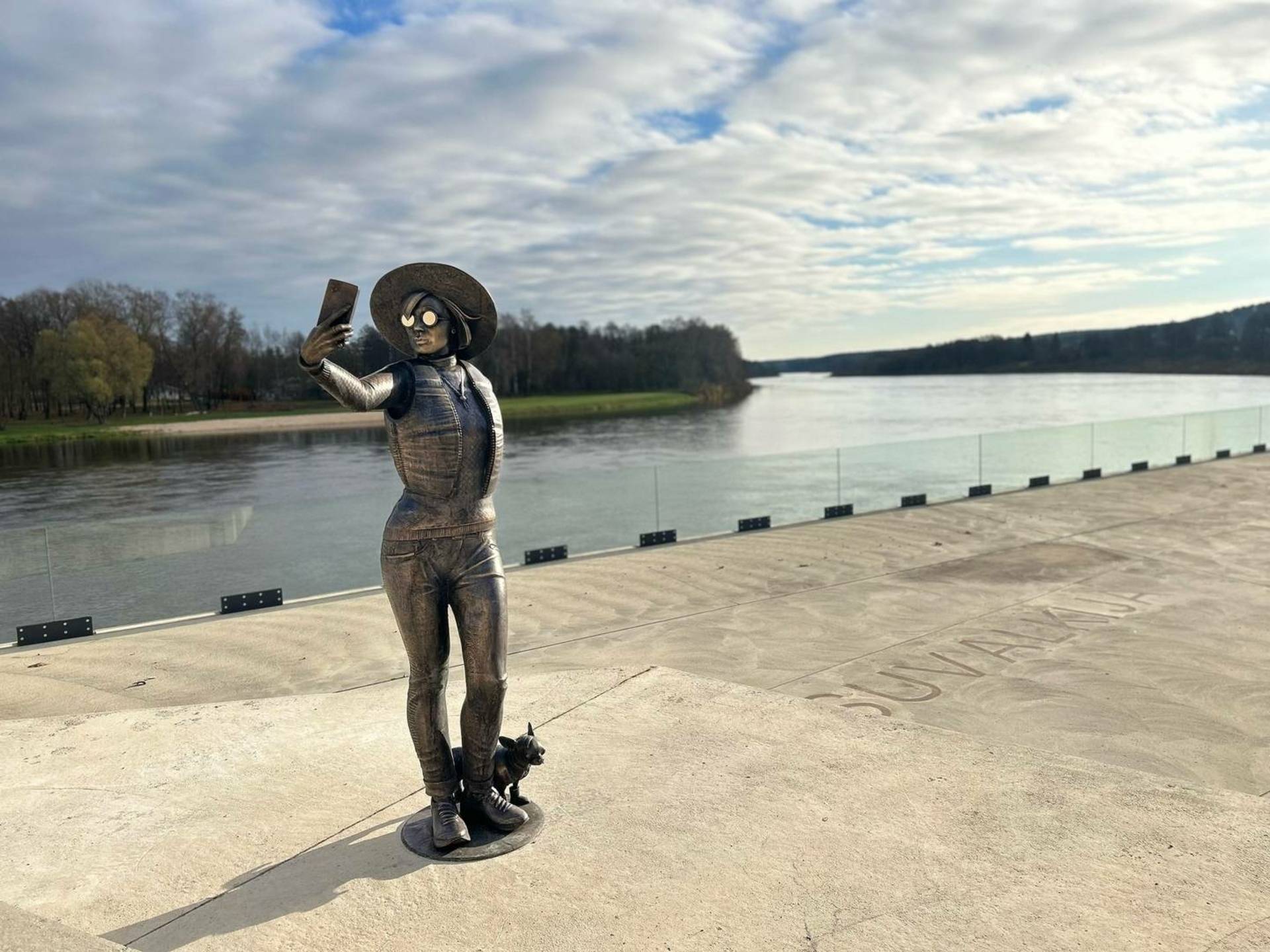
.jpg)
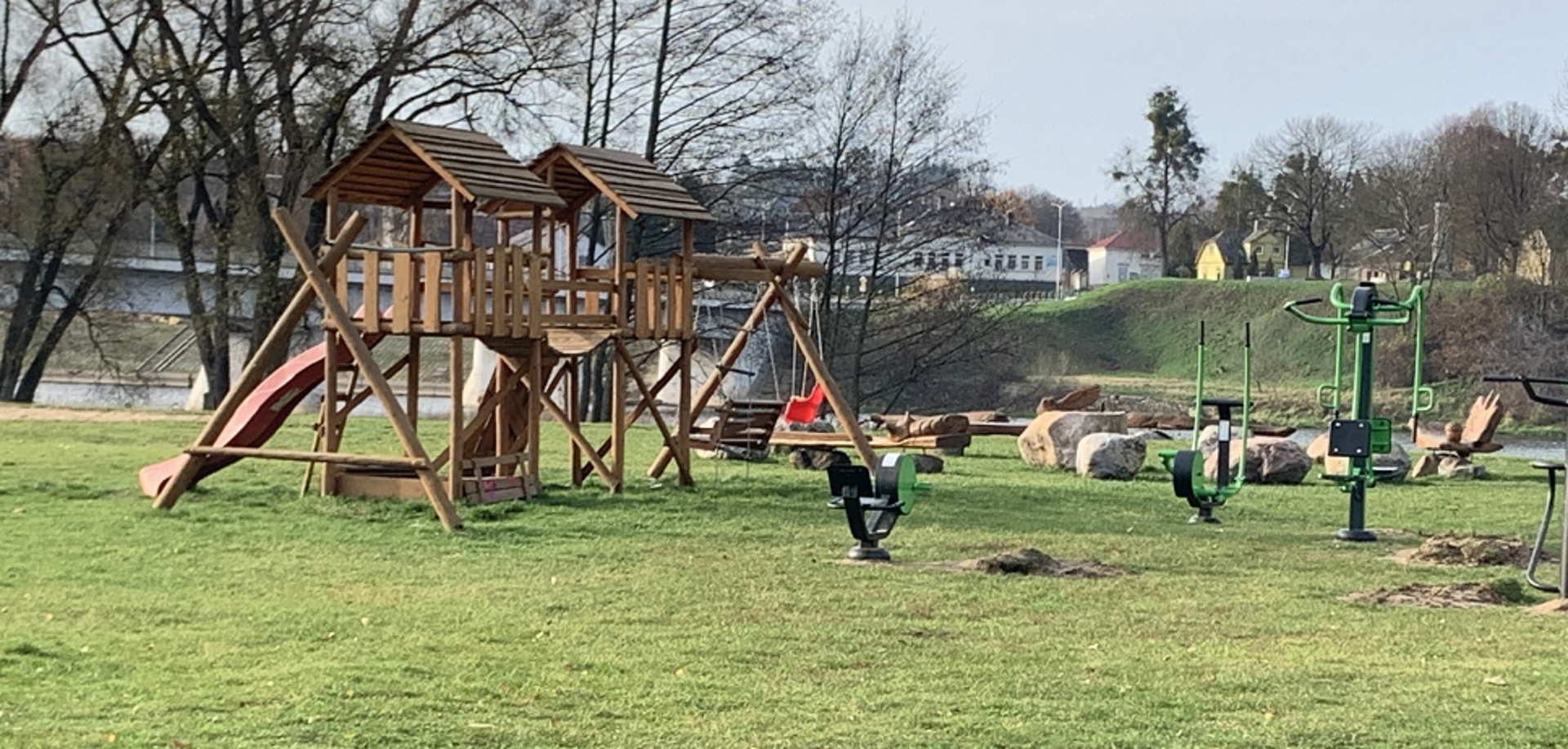
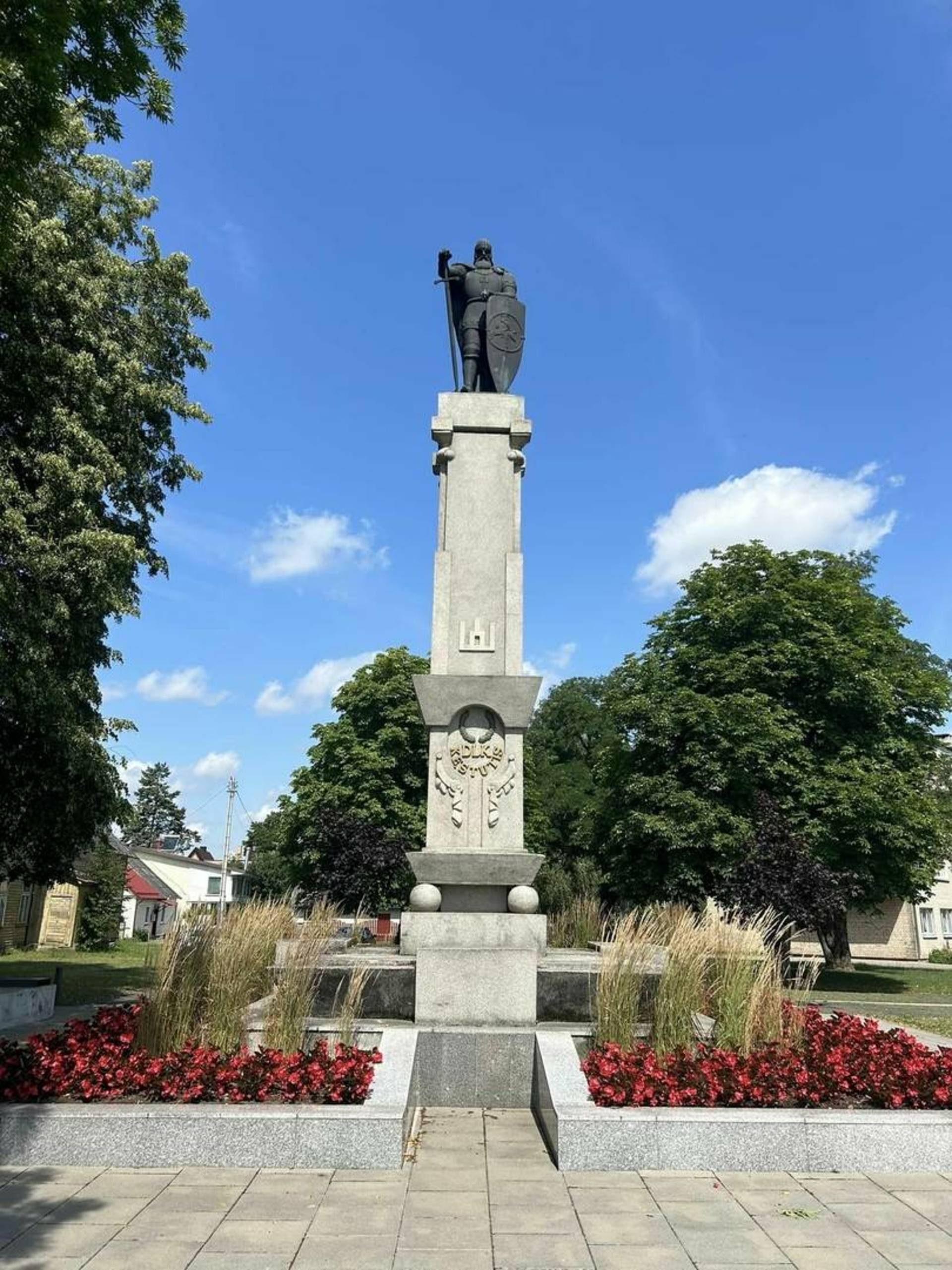
.jpg)
